The 1990s signaled the culmination of the 20th century, ushering in the dawn of the 21st century. While many GenX’ers may nostalgically recall their oversized jeans and Tamagotchi pets, the decade was a significant period in our global timeline, far beyond merely transforming the size of meals and fashion faux pas. This era was characterized by incredible technological advancements, significant space explorations, controversies in the White House, a slew of singular films, and globally momentous occurrences that had a lasting impact on the course of world history.
Here are our 25 Most Iconic Historical Events that defined the ’90s.

There was also Widespread Concern about the Y2K Bug
 https://education.nationalgeographic.org/resource/Y2K-bug/
https://education.nationalgeographic.org/resource/Y2K-bug/ The Y2K or Millennium Bug referred to a widespread concern among computer programmers in the 1990s who feared that computers would be unable to handle the changeover from 1999 to 2000, resulting in general breakdowns worldwide. In fact, some estimated that the computer meltdown may cost up to $600 billion. Others went so far as to predict a global catastrophe, causing a surge in hoarding activity towards the end of 1999. However, only a few crashes took place during the transition, thanks to the unnoticed hard work of computer programmers who proactively modified the computer software to enable them to cope with the change.
US President Bill Clinton even publicly commended them for their historic efforts in preventing the first catastrophe of the twenty-first century from occurring.
People became Disenchanted with Globalization and Multiculturalism
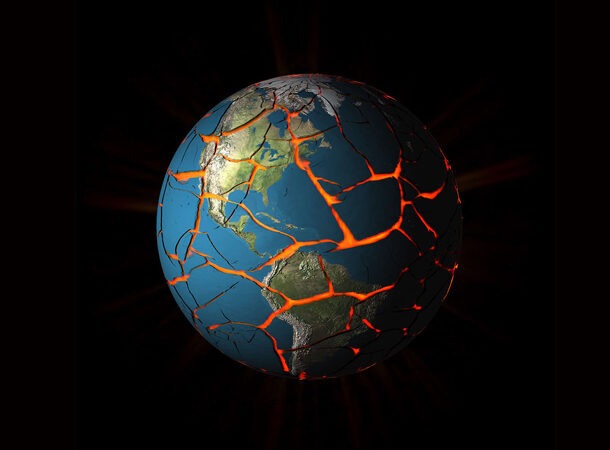 https://journals.sagepub.com/doi/abs/10.1177/135050840184006
https://journals.sagepub.com/doi/abs/10.1177/135050840184006 This was due to a widespread view that the decade had failed to deliver on the promises it began with. From the 1990s onward, several events shattered the world’s hopes for long-term peace and prosperity. These include genocide, war in Africa and Southern Europe, and economic issues in Eastern Europe. Communist China, too, survived the fall of the Soviet Union and slowly built its might to compete with the United States. Terrorist assaults continued to occur and increase in severity during the last decade.
The fact that the West prospered despite the issues experienced elsewhere in the world during the decade tainted the appeal of multiculturalism and globalism.
The Birth of Google
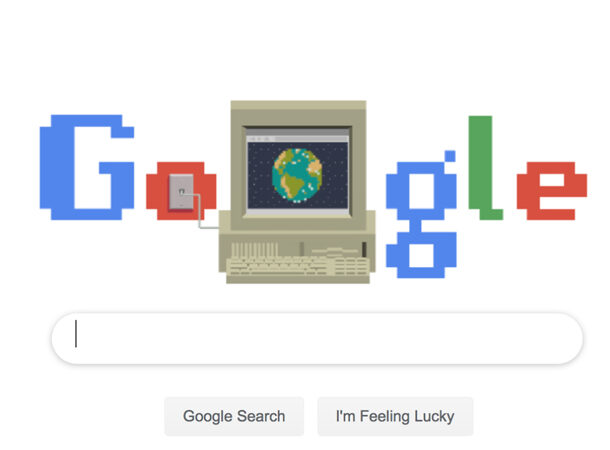 https://about.google/our-story/
https://about.google/our-story/ The search engine was founded in 1998 by Larry Page and Sergey Brin and initially utilized Stanford’s website with the domains google.stanford.edu and z.stanford.edu. The pair originally constructed a search engine they wanted to call “Backrub” from their dorm rooms that exploited links to determine the relevance of particular pages on the World Wide Web. Backrub was soon renamed Google (Thank heavens!).
On September 15, 1997, the domain google.com was registered, and Google was born in their friend Susan Wojcicki’s garage in Menlo Park, California. The name was inspired by the mathematical equation for one followed by one hundred zeros. It accurately expressed Larry and Sergey’s goal of collating the world’s knowledge and data and making it accessible and beneficial to all.
The Rise and Fall of Napster
 https://www.theguardian.com/music/2013/feb/24/napster-music-free-file-sharing
https://www.theguardian.com/music/2013/feb/24/napster-music-free-file-sharing In 1999, a peer-to-peer file-sharing program named Napster rose to prominence as an apparently prophetic method to usher in the new century. Young people all over the world quickly become accustomed to accessible digital content. While Napster would eventually pay its dues for copyright infringement, the online corporation helped set a precedent for the next generation: we expected our entertainment and music content for free or inexpensive, and we wanted it on demand, at the touch of our fingertips on our computer.
Construction of the International Space Station began
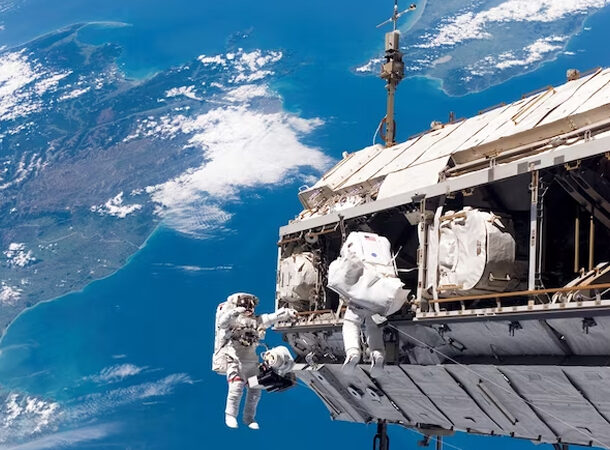 https://www.issnationallab.org/about/iss-timeline/
https://www.issnationallab.org/about/iss-timeline/ Plans for the station, called “Freedom” in reaction to the Soviet Mir space station, date back to the 1980s. With the Cold War’s end, NASA chose a different name for its anticipated space station in accordance with the new post-war order. They also resolved to allow Russians to participate in the program alongside Europeans and Japanese.
While the first modules of the ISS were launched into space in 1998, it didn’t become ready for human habitation until 2000.
Microsoft saved Apple from Bankruptcy
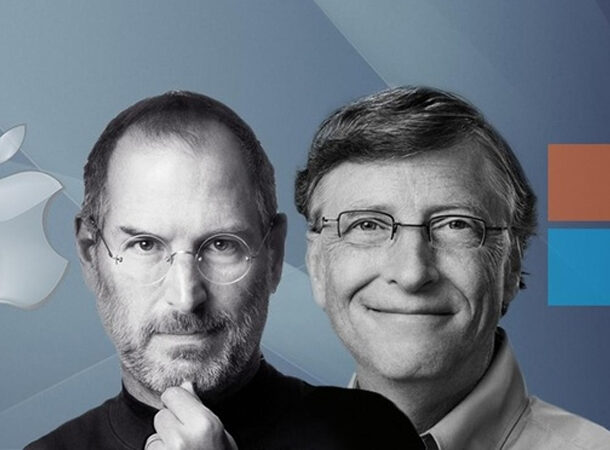 https://www.cnbc.com/2017/08/29/steve-jobs-and-bill-gates-what-happened-when-microsoft-saved-apple.html
https://www.cnbc.com/2017/08/29/steve-jobs-and-bill-gates-what-happened-when-microsoft-saved-apple.html As unlikely as it may sound in today’s intensely competitive tech world, Bill Gates announced in 1997, when Apple was on the verge of bankruptcy, that Microsoft would throw Steve Jobs’ struggling business a lifeline financially to the tune of a $150 million investment. $150 million was a massive investment back then.
Following the event, Jobs famously told the audience that people had to let go of the notion that Microsoft had to lose in order for Apple to win.
NASA Launched the Hubble Telescope
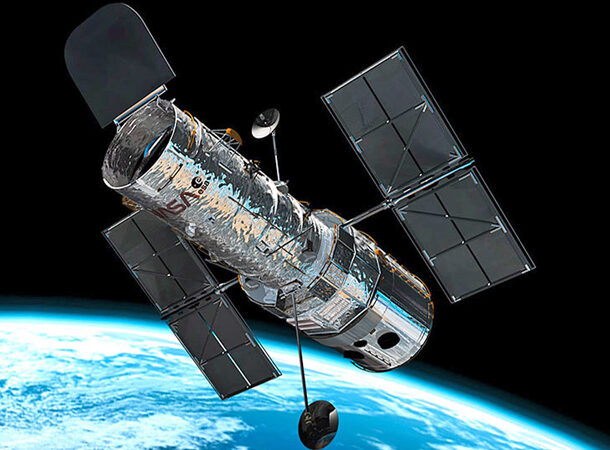 https://www.nasa.gov/content/goddard/hubble-history-timeline
https://www.nasa.gov/content/goddard/hubble-history-timeline NASA’s space telescope, arguably the most famous telescope in existence, was named after American astronomer Edwin Hubble. NASA believed that by installing Hubble in orbit, it would be able to capture more detailed photographs without the atmosphere warping light from deep space. Ironically, a faulty mirror prevented Hubble’s launch until 1993, when it was replaced. Hubble has captured an estimated 1 million photographs, ranging from the births and deaths of stars to galaxies and black holes millions of light-years away.
Even though Hubble is almost 30 years old, NASA sees no need to replace it and continues to repair and improve the telescope with new equipment. In fact, they believe Hubble will be operational until 2040.
The Rwandan Genocide
 http://worldwithoutgenocide.org/genocides-and-conflicts/rwandan-genocide
http://worldwithoutgenocide.org/genocides-and-conflicts/rwandan-genocide Following the breakdown of peace negotiations between the Rwandan government and Tutsi rebels during the course of the Rwandan War, government-aligned militias began slaughtering Tutsis across the country between April 7 and July 15, 1994. Although the UN had peacekeeping forces in the area, they could not act without UN approval. This was due to France’s failure to endorse a UN request to empower peacekeepers to take action.
In the end, close to 800,000 Tutsis were killed in the single worst mass murder since WWII. It also led to criticism of France for allowing genocide in order to protect its national interests.
The Gulf War
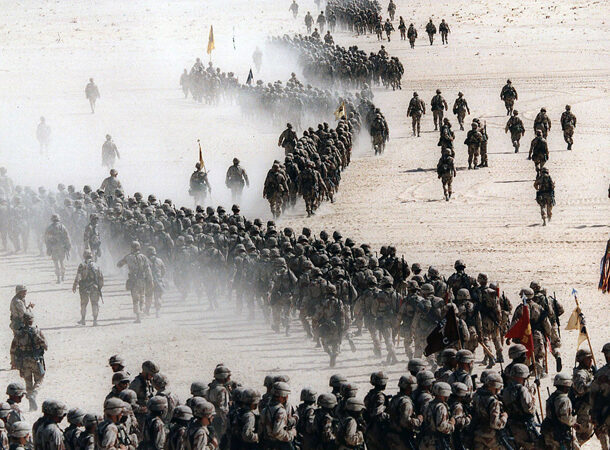 https://www.military.com/history/operation-desert-storm-6-things-know
https://www.military.com/history/operation-desert-storm-6-things-know Iraq invaded Kuwait in August 1990, prompting worldwide outrage. Saddam Hussein, the Iraqi dictator, claimed that Kuwait stole Iraqi oil to justify his invasion. The United Nations promptly imposed economic sanctions, and the United States initiated Operation Desert Shield. This included a buildup of US and Allied forces in Saudi Arabia until January 1991, when Operation Desert Storm was launched. Kuwait was liberated due to Desert Storm, and the Iraqi Army was forced to retreat. When the Iraqi Army returned to its homeland, the Allies quickly offered a cease-fire.
Western historians interpreted the swift Allied victory in the Gulf War, much like the fall of the Soviet Union, as proof that liberal democracy would ultimately triumph.
The Fall of the Soviet Union
 https://www.washingtonpost.com/archive/politics/1991/12/26/gorbachev-resignation-ends-soviet-era/00444c16-0fe3-4b35-96df-e514956ee354/
https://www.washingtonpost.com/archive/politics/1991/12/26/gorbachev-resignation-ends-soviet-era/00444c16-0fe3-4b35-96df-e514956ee354/ Economic stagnation, such as excessive military spending and low investment in the service and consumer industries, paved the way for the Soviet Union’s dissolution. Mikhail Gorbachev’s policy of tolerance and openness to nationalist and dissenting opinions also played a significant role. In August 1991, Lithuania became the first Soviet member state to quit the Union, with Latvia and Estonia following in September. Other member states followed in the coming months, with Gorbachev formally recognizing the Union’s demise in December 1991.
The fall of the Soviet Union signaled the end of the Cold War, and some saw it as proof that liberal democracy, rather than Communism, indicated humanity’s way forward.
Exploration of Mars
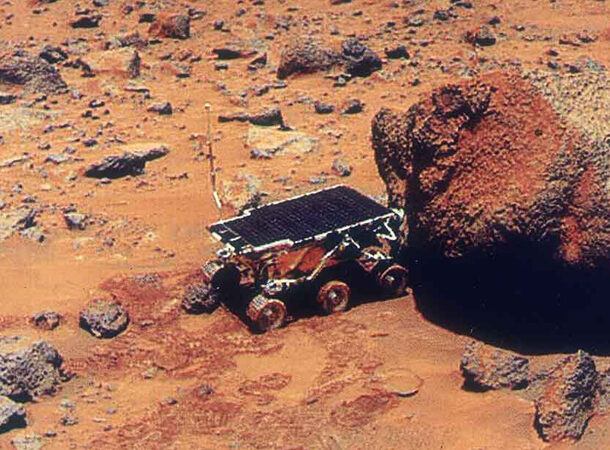 https://solarsystem.nasa.gov/missions/mars-pathfinder/in-depth/
https://solarsystem.nasa.gov/missions/mars-pathfinder/in-depth/ Although it was not as well-publicized as Neil Armstrong’s “giant leap for mankind,” NASA’s Pathfinder mission was an equally significant scientific achievement. The Pathfinder spacecraft deployed a landing vehicle and a robotic rover to the Martian planet for the first time on July 4, 1997, supplying scientists on Earth with a wealth of data on Mars’ atmosphere, rocks, and soil.
While Pathfinder did not uncover life, it provided the best evidence that the planet was once humid and possibly sustained life.
We were Introduced to Harry Potter
 http://www.cnn.com/2017/06/26/entertainment/harry-potter-20th-anniversary/index.html
http://www.cnn.com/2017/06/26/entertainment/harry-potter-20th-anniversary/index.html In 1997, J.K. Rowling’s “Harry Potter and the Philosopher’s Stone” was released worldwide, giving audiences their first look into the magical world of the young wizard Harry Potter. (The book was initially named “Harry Potter and the Sorcerer’s Stone” in the United States.) Rowling famously penned the book in coffee shops while on welfare and was turned down by various publishers.
Since then, the Harry Potter books have gone on to become among the best-selling books in history, as well as the foundation for a multibillion-dollar franchise that encompasses movies, games, and an upcoming television series.
The Funeral of Princess Diana
 https://time.com/6209559/princess-diana-death-history-25-years-anniversary/
https://time.com/6209559/princess-diana-death-history-25-years-anniversary/ On December 9, 1992, John Major, the then-UK Prime Minister, confirmed that Prince Charles and Princess Diana had officially parted ways. However, their divorce would not be formalized until 1996. Princess Diana’s death – In the early hours of August 31, 1997, brought the world to a standstill. The stunning Princess died in a car accident in Paris while trying to flee the paparazzi with her fiance, Dodi Fayed, and their driver, Henri Paul.
Diana was admired worldwide for her charitable activities; over two and a half billion people watched her funeral.
Terrorism Awareness entered our Daily Lives
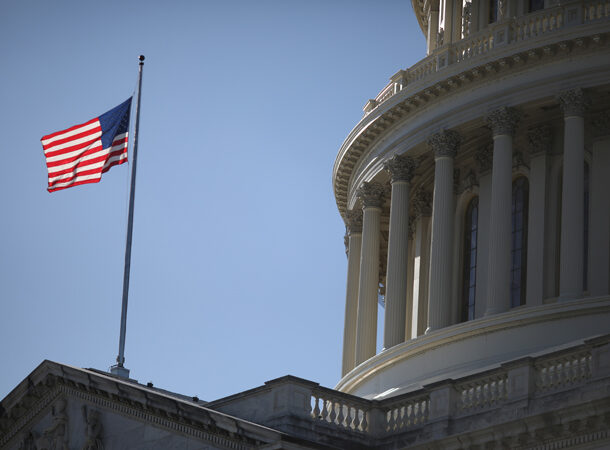 https://www.fbi.gov/history/famous-cases/oklahoma-city-bombing
https://www.fbi.gov/history/famous-cases/oklahoma-city-bombing Random terrorist strikes against Americans were a new trend that emerged on the news landscape in the 1990s. The precedent for terror was set in February 1993, with the first WTC bombing by a small group of what was then believed to be a small faction of Muslim radicals named Al Queda.
This was exacerbated by the Oklahoma City bombing on April 19, 1995, carried out by Terry Nichols and Timothy McVeigh – two Americans. Nonetheless, these occurrences appeared to only foreshadow the dread and problems in the twenty-first century.
The President's Impeachment
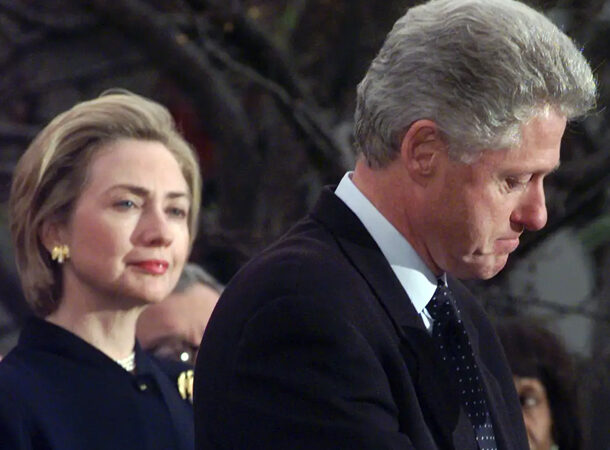 https://billofrightsinstitute.org/essays/the-1992-presidential-election-and-the-rise-of-democratic-populism
https://billofrightsinstitute.org/essays/the-1992-presidential-election-and-the-rise-of-democratic-populism Bill Clinton’s iconic denial of his affair with Monica Lewinsky is etched in American history. Many people, however, are unaware of his charismatic ascent to prominence and his presidency. Bill Clinton had to beat President George H.W. Bush in the 1992 election while finding his way through a highly controversial Democratic primary before becoming President of the United States. Unfortunately, very little of that mattered in the eyes of the world when, on January 26, 1998 – The Monica Lewinsky scandal broke out, and he denied his relationship with the White House intern in a televised interview.
His denial, televised in an interview with others to a grand jury probe, would eventually lead to his impeachment.
The O.J. Simpson Trial
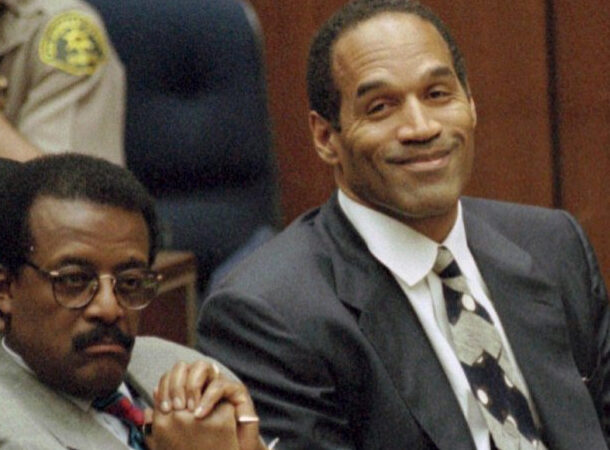 http://www.vanityfair.com/society/2014/06/oj-simpson-trial-reality-tv-pop-culture
http://www.vanityfair.com/society/2014/06/oj-simpson-trial-reality-tv-pop-culture Nicole Brown Simpson, O.J. Simpson’s ex-wife, and her friend Ronald Goldman died after being stabbed outside her Los Angeles home on June 12, 1994. After a televised high-speed chase, Simpson was apprehended and charged with the two murders. As the trial progressed, questions about the size of the bloody gloves and DNA dominated the televised courtroom hearings for months. 95 million Americans tuned in to watch the O.J. Simpson verdict on TV in 1995.
To put it into perspective, fewer people (90 million) watched that year’s Super Bowl—and only 7.1 million watched the Game of Thrones finale in May 2019.
The Branch Davidian Raid
 https://www.newyorker.com/news/letter-from-the-southwest/what-really-happened-at-waco
https://www.newyorker.com/news/letter-from-the-southwest/what-really-happened-at-waco On April 19, 1993, the United States Federal Government laid siege to a property occupied by David Koresh and his religious sect, the Branch Davidians. Following a 51-day standoff, dozens of Branch Davidians, including 26 children, were killed during the botched final operation. The incident was televised live and shocked people all around the world.
The Waco siege events would become highlighted again two years later when Timothy McVeigh cited it as one of the reasons behind the Oklahoma City bombing in April 1995. It has also given rise to the modern-day American militia movement and led to increased opposition to firearm control.
Dahmer's House of Horrors
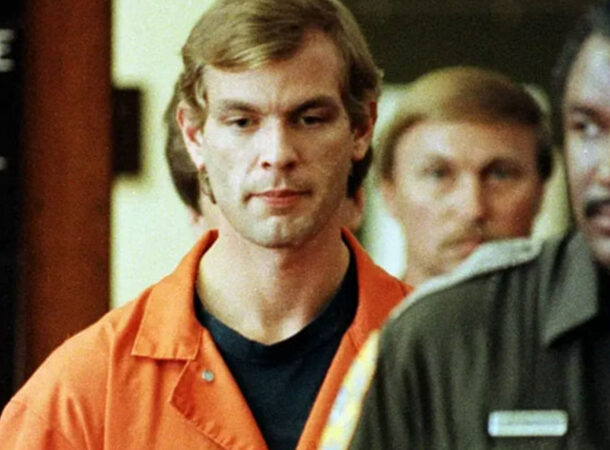 http://www.cnn.com/2015/04/30/us/feat-jeffrey-dahmer-killer-explanation/index.html
http://www.cnn.com/2015/04/30/us/feat-jeffrey-dahmer-killer-explanation/index.html After one of his intended victims fled from the apartment where he lived, serial killer Jeffrey Dahmer was apprehended in July 1991 and ultimately confessed to murdering 17 men and boys. The whole world became addicted to the news of the discoveries in his apartment, and millions of people worldwide followed the subsequent trial.
Dahmer was sentenced to 15 consecutive lifetime sentences but died in 1994 due to an assault by another inmate.
The End of Apartheid
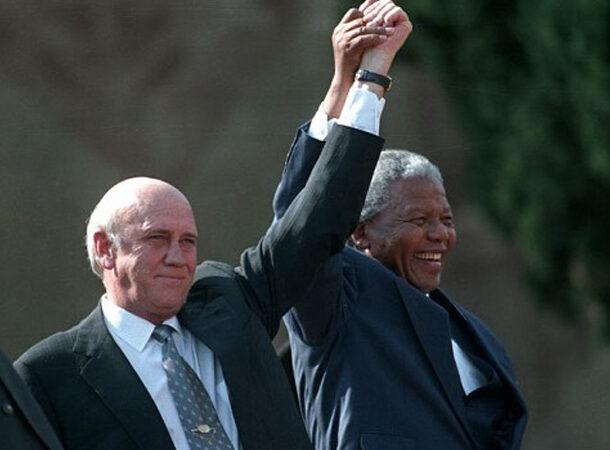 https://www.history.com/news/end-apartheid-steps
https://www.history.com/news/end-apartheid-steps Apartheid refers to South Africa’s segregation policy, which began in 1948. It established strict limits for the jobs that people of color could have. It also determined where people could live, which public utilities they could access, and what services they could receive. By 1990, worldwide outrage had finally compelled the apartheid regime to negotiate with the ANC. In 1994, the ANC secured the opportunity to run for election and won an overwhelming majority in the South African Parliament, effectively ending apartheid on April 27, 1994.
The date is now a South African public holiday known as Freedom Day.
Rap and Hip-Hop sparked Debates over Censorship
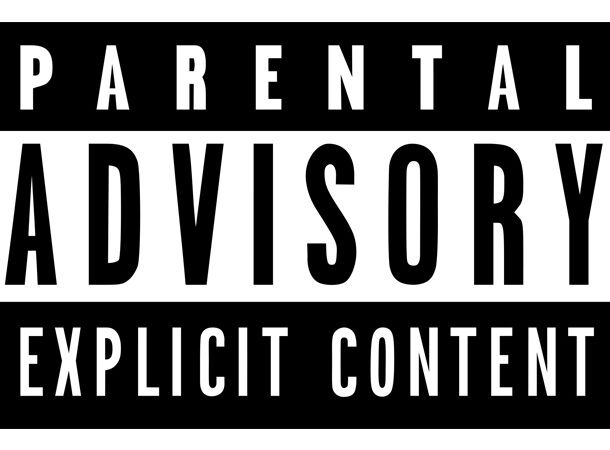 https://www.jstor.org/stable/2295482
https://www.jstor.org/stable/2295482 Grunge wasn’t the only music that made an impact in the 1990s. By the end of the 1980s, the rap music scene had reached a climax, and by the 1990s, it had exploded, prompting not only inner-city teenagers but also suburban teens to listen to rap on their Walkmans.
From Dr. Dre and Snoop Dog to The Chronic and Tupac, the ’90s produced an absurd number of rap hits and set the stage for the genre to create great tones that defined the music, a whole generation, and the challenges that surrounded them.
Kurt Cobain's Suicide
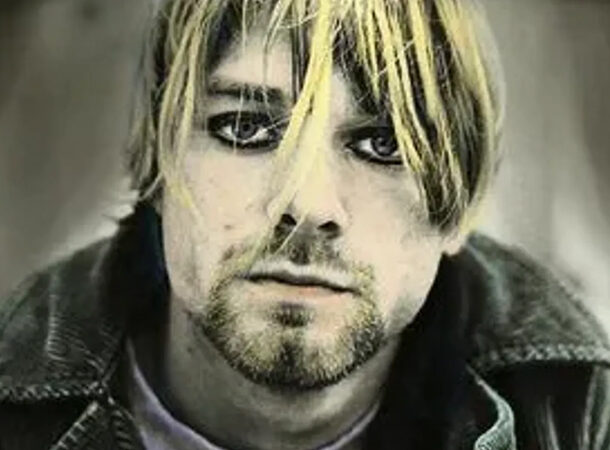 http://www.cnn.com/2016/03/18/entertainment/cobain-suicide-shotgun-picture-released/index.html
http://www.cnn.com/2016/03/18/entertainment/cobain-suicide-shotgun-picture-released/index.html The Nirvana frontman, known for his unique growl, penned some of the decade’s most iconic songs and catapulted what became known as “grunge” onto the scene as the dominant musical genre of the decade. Despite his talent, Cobain’s personal struggles were too powerful to overcome. For years, the singer struggled with depression and heroin addiction before committing suicide on April 5, 1994. He was only 27 years old.
Scientists cloned Dolly the Sheep
 https://www.bbc.com/future/article/20120229-cloning-which-animals-and-when
https://www.bbc.com/future/article/20120229-cloning-which-animals-and-when Contrary to popular belief, Dolly was the first mammal to be cloned, not the first animal. Dolly, born at the Roslin Institute in Scotland, was also the first clone created from adult animal cells. Scientists could previously only create clones from embryonic cells. Dolly’s success signified a significant victory for cloning science. However, it sparked alarm among opponents of the field and sparked a new debate about the ethics of cloning.
Dolly, unfortunately, had to be euthanized at age six after being diagnosed with an incurable lung tumor.
The Disney Renaissance
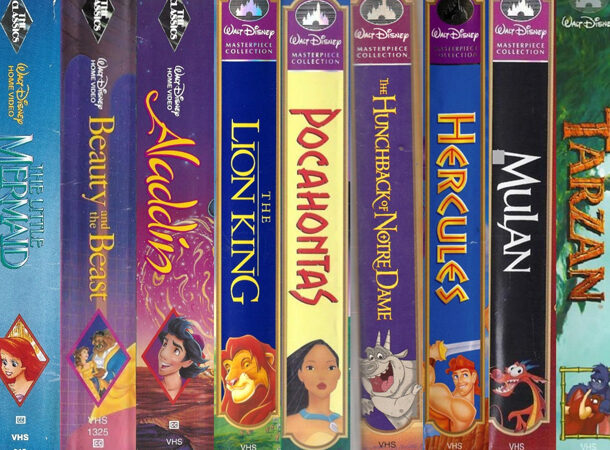 https://time.com/3590521/disney-renaissance/
https://time.com/3590521/disney-renaissance/ Beauty and the Beast debuted in 1991, followed by Aladdin in 1992 and The Lion King in 1994. The success of these resulted in what is now known as the Disney Renaissance, which refers to the company’s recovery from its cinematic downturn, which lasted from 1977 to 1991. Film analysts attribute this downturn to the retirement of one of Disney’s greatest animators, Don Bluth in 1981, which also contributed to the postponement of The Fox and the Hound’s debut.
After 1994, Disney’s comeback continued with films such as The Hunchback of Notre Dame, Pocahontas, Mulan, and Tarzan. And, while the Disney Renaissance ultimately ended, it did so on a high note.
The Arrival of the Information Age and the Birth of the WWW
 https://home.cern/science/computing/birth-web
https://home.cern/science/computing/birth-web The “interlinked hypertext documents” system was created in 1989, but it wasn’t until 1990 and 1991, when it experienced its first test runs and became widely known, that it changed the world as everyone knew it.
All of its components were created in 1990 by Tim Berners-Lee, a CERN computer scientist. These included HTTP, HTML, and the concept of browsers and servers, which we now take for granted. The Internet was a curiosity outside of CERN until 1994, when Netscape, Java, and Javascript were introduced. Microsoft’s invention of Internet Explorer accelerated its evolution, and the rest is history.
Super Nintendo
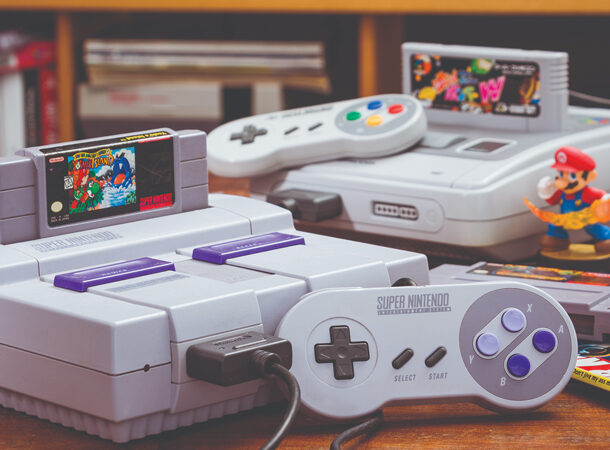 https://www.computinghistory.org.uk/det/24546/Super-Nintendo-Entertainment-System-(SNES)/
https://www.computinghistory.org.uk/det/24546/Super-Nintendo-Entertainment-System-(SNES)/ The Super Nintendo Entertainment System, or SNES, debuted in the United States in 1991 and quickly became the most popular gaming console of the 90s. Known for its advanced graphics and classic games such as “Donkey Kong Country,” “The Legend of Zelda: A Link to the Past,” and “Super Mario World,” Nintendo sold nearly 50 million systems worldwide.
Want to read more fascinating content like this? Check out the 25 Most Important Events In History!



























